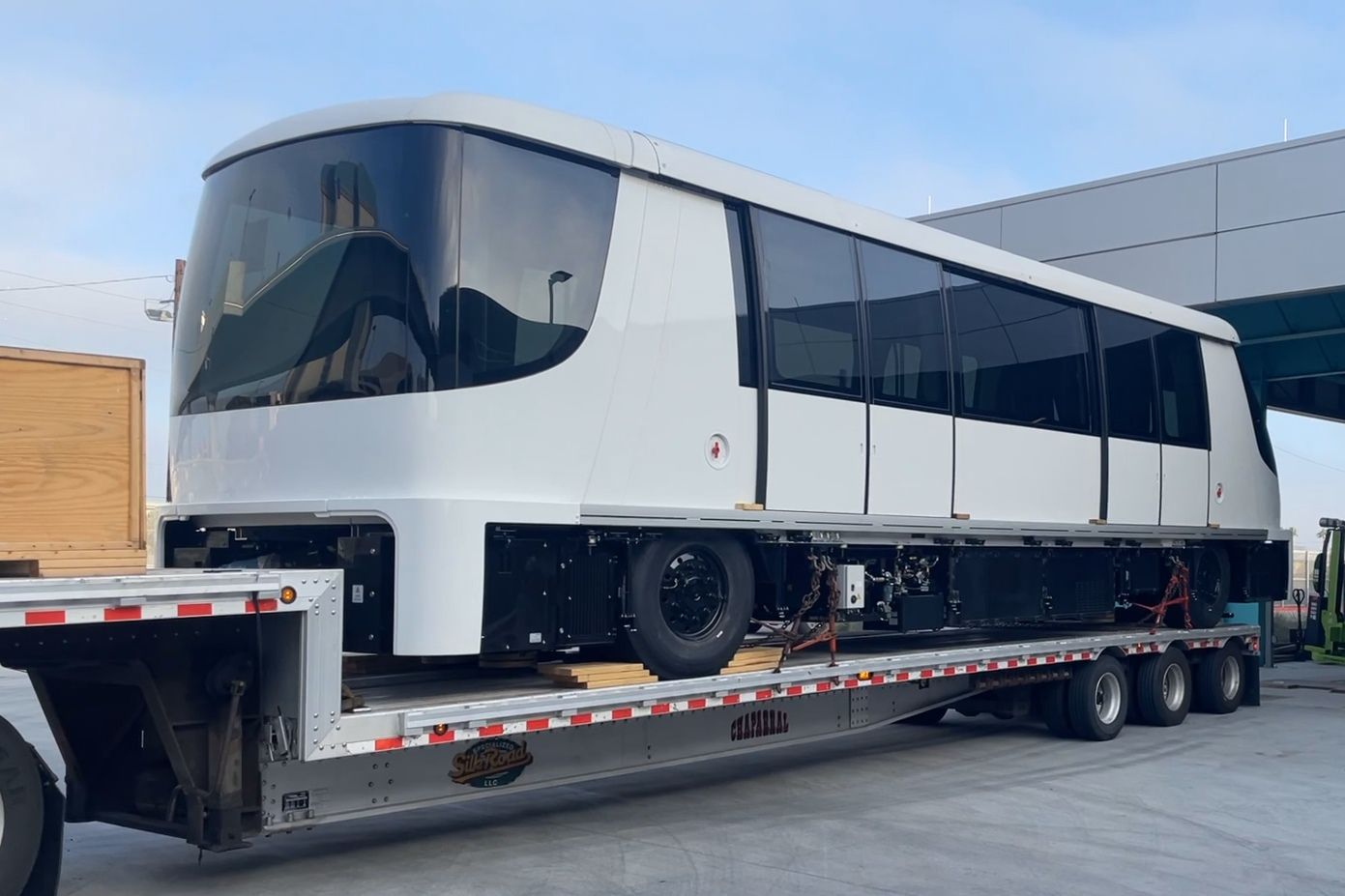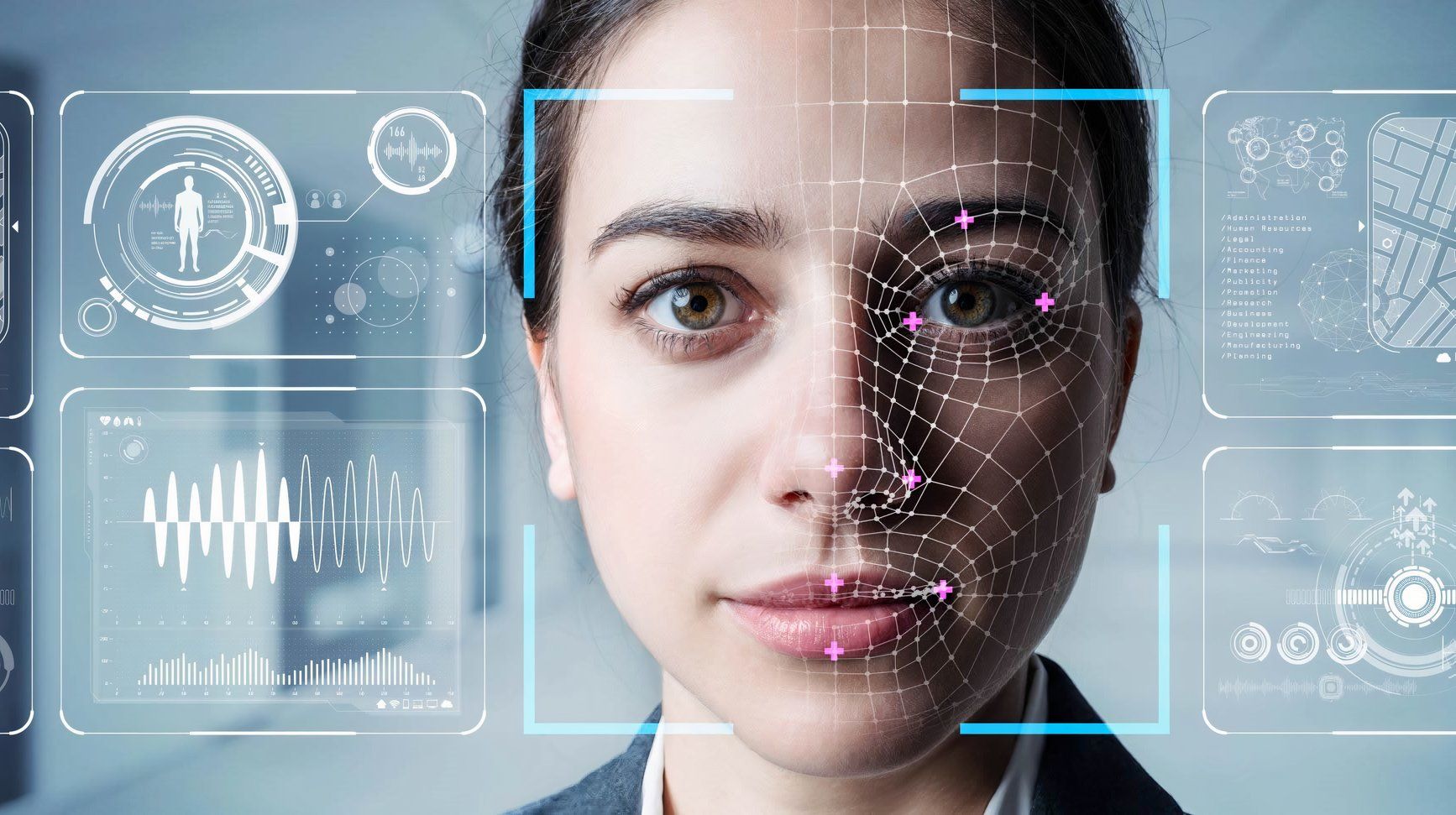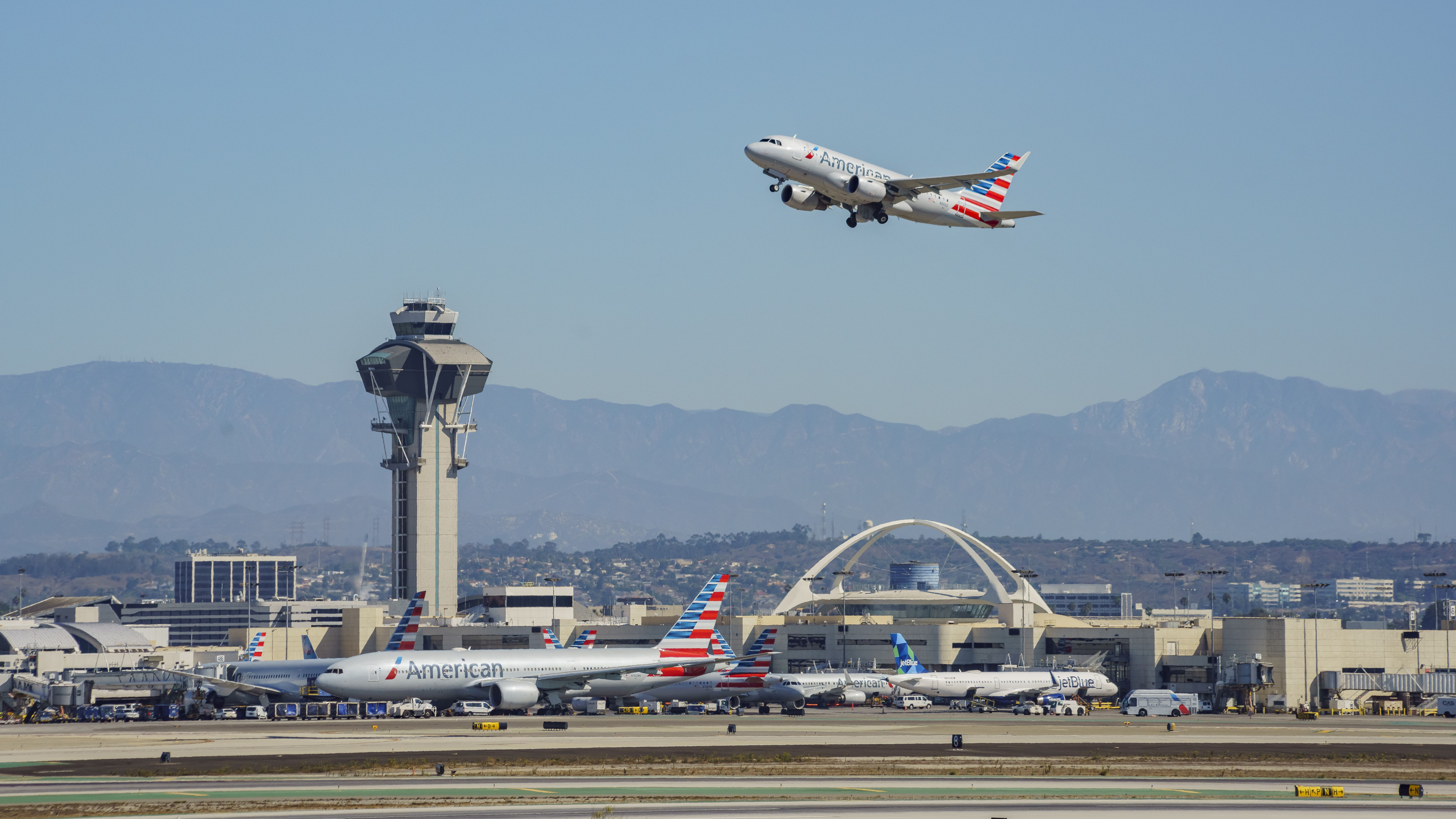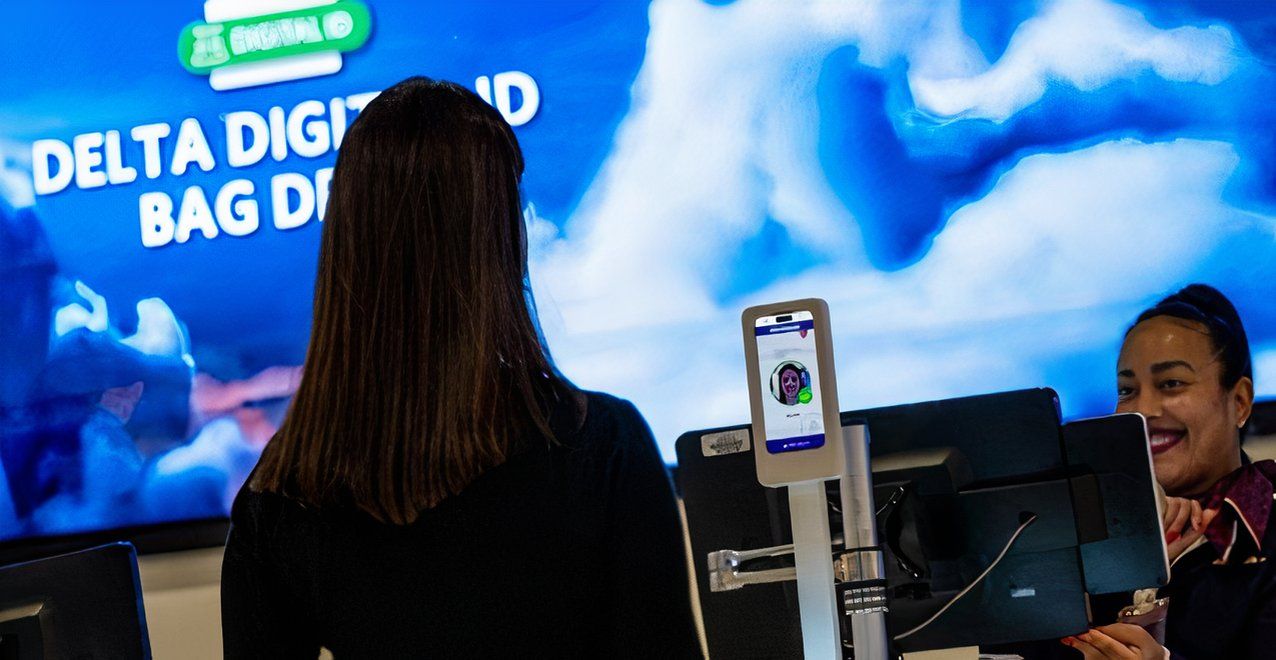Summary
- U.S. airports are adopting the latest technology, from facial recognition to automated people movers.
- New technology trends include biometric boarding passes for identity verification at various checkpoints.
- Airports around the world are also using technology to make operations smoother, such as the DigiYatra app in India.
From contactless technologies like facial and iris recognition to automated security checkpoints and even people movers, airports across the U.S. are embracing the latest technology. The U.S. government also provides grants to airports across the country for maintenance, repairs and upgrades, and combined with involvement from airport operators, many airports are now seeing a surge in technology usage.
New technology trends
For many passengers, the U.S. airport experience is becoming increasingly more automated than in previous years. While many global hub airports in Asia and the Middle East are leveraging technology to provide a smoother airport experience, U.S. airports are also catching up.
Airports are increasingly using facial recognition technology to verify identities at various checkpoints. Iris recognition is sometimes used as well. Airports and airlines are verifying biometric boarding passes, which allow passengers to pass through the airport and board aircraft with a digital identity.
Photo: Kit Leong | Shutterstock
The technology has also found its way into other airport operations, such as retail and the transportation of passengers between terminals. With the federal government providing more and more subsidies to U.S. airports and operators contributing as well, U.S. airports are set to see a technology boost in the coming years.
New technology
One of the largest airports in the USA, Los Angeles International Airport will soon have a new Automated People Mover (APM). The APM is scheduled to be completed by December 2025 and begin operations in January 2026. It will help passengers move around the airport premises more quickly.
Parts for the APM train began arriving in summer 2022, and the final four cars recently arrived from the Pittsburgh manufacturer. These trains will run 24 hours a day, with service every two minutes during peak hours from 9 a.m. to 11 p.m. Simple Flying covered this in detail in the article below.

Related
LAX receives last 4 cars for automated people mover
The automated people mover system at Los Angeles International Airport now has all 44 cars and is scheduled to open in January 2026.
Facial recognition technology has also made airport operations smoother and safer. For example, recently at Tampa Airport in Florida, a TSA officer caught a passenger using facial recognition technology. The traveler in question was attempting to use an ID and boarding pass intended for someone else. TSA officers are trained to manually check documents for authenticity, and the use of technology is intended to add another layer of security.
Airlines are also increasingly turning to technology to improve the passenger experience. Delta Air Lines now has dedicated baggage drop areas for TSA PreCheck customers at several U.S. airports, where passengers can drop off their bags and use their digital boarding pass to pass through security.
Photo: Delta Air Lines
The shopping experience at airports could also change significantly in the coming years. Dallas Love Field Airport is already a leader in this regard. In 2021, Hudson opened a nonstop store there using Amazon’s Just Walk Out technology and plans to open more such stores at other airports.

Related
Alaska Airlines renovated terminal in Portland: From the lobby to security checkpoint in 5 minutes or less
The airline is celebrating the opening of the long-awaited remodeled airport facility.
Global Airports
Airports around the world are also increasingly using technology to ensure a smoother flight experience. Several airports in India now allow passengers to use an app called DigiYatra. Travelers can use it to upload their travel details and then navigate through special screening lanes at various checkpoints in the terminals.
Photo: GagliardiPhotography | Shutterstock
By 2025, sensors will be installed at all ID checkpoints at Zayed International Airport in Abu Dhabi. In this project, the airport is working with the government and will use a database created by storing biometric data of passengers arriving in the UAE for the first time.




